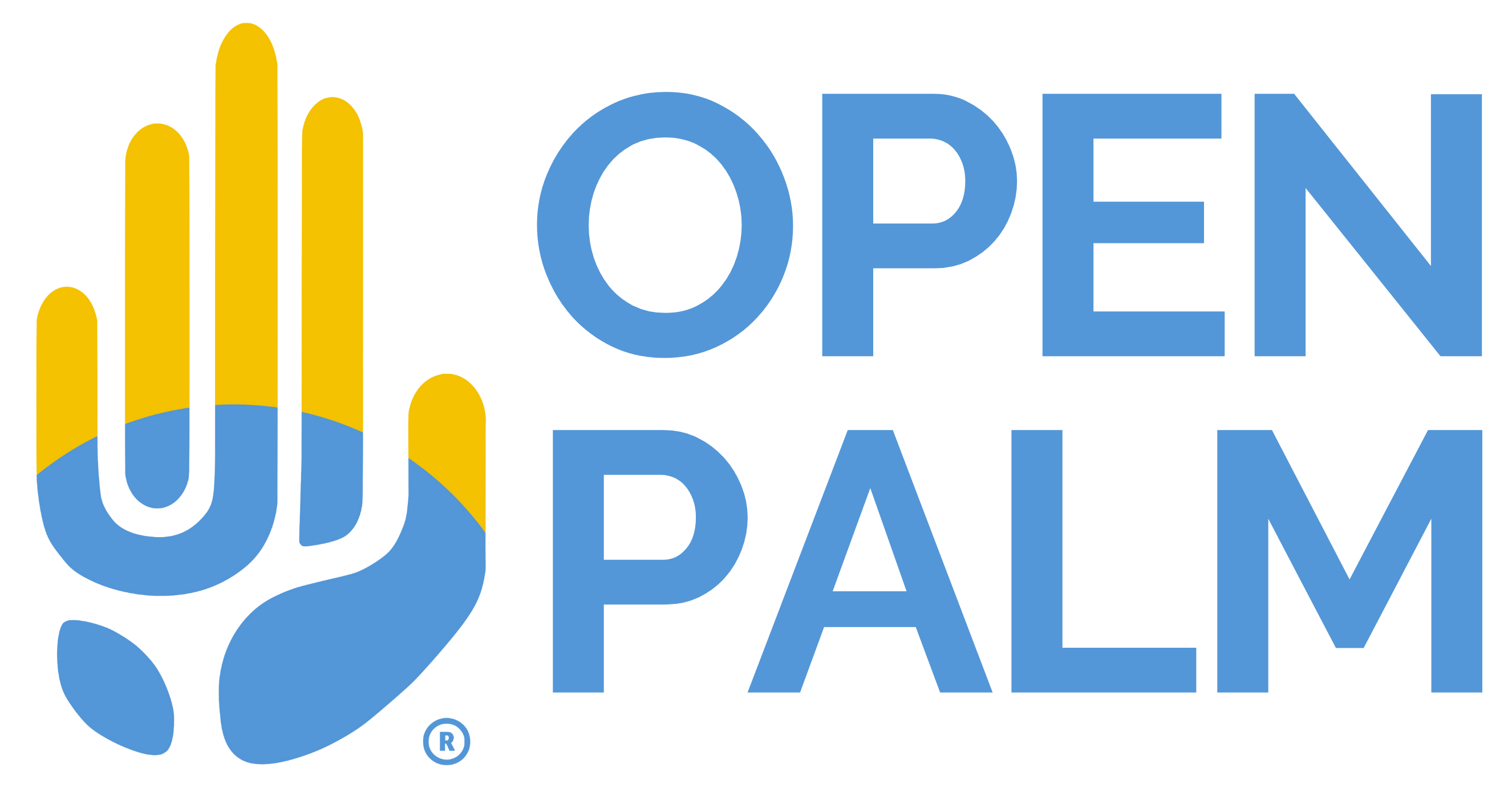Open Palm visits the Pardner Hand Exhibition at the Bank of England Museum!
- Isabella Childs
- Dec 13, 2024
- 2 min read

At the end of November, Open Palm organised a visit alongside students to the Bank of England Museum’s special display about Pardner Hand. But what exactly is Pardner Hand and why is it such an important part of Black British history?
When the Windrush generation arrived in Britain during the middle of the 20th century, Caribbean people faced financial discrimination and exclusion from the British banking system. To obtain bank accounts, loans, and mortgages, Caribbean people needed a credit history – something they couldn’t get without a bank account in the first place. Women were also prevented from opening their own bank accounts without a male guarantor until 1975. These barriers made it extremely difficult for the Windrush generation to establish themselves in Britain and save money.
In response to this discrimination, the Windrush generation turned to each other to create a financial support system. Pardner Hand was created to allow people to save money securely with trusted members of their community, by handing money to one another for safekeeping and to accumulate savings. This meant that people were able to have financial independence and reach their goals without relying on the unfair British banking system. Pardner Hand continues to exist in Britain today, though now it is more often used to save for things such as holiday tickets or home appliances.
The small exhibition was full of photographs, stories and charts explaining how the scheme worked. The Open Palm group enjoyed discussing how Pardner Hand came about, and why it was important. “I liked learning about how the community came together and formed its own private bank to combat discrimination”, said Alex, one of the young people who joined the museum visit.
After viewing the exhibition, the group made its way through to the rest of the museum, learning about the Bank of England’s origins in 1694, through to the future of how digital money can work. Musa and Raja enjoyed learning about the history of gold coins and bank notes, and Gurdip’s favourite fact he learned was how carob seeds became the measurement standard for the weight of gold, better known today as the carat system.
There was much to see and read about at the Bank of England Museum, and Open Palm thoroughly enjoyed learning alongside the students about the history of financial systems in Britan, and the importance of community trust and support when faced with social and economic barriers.
If you are interested in learning more about Pardner Hand, read about it here.






